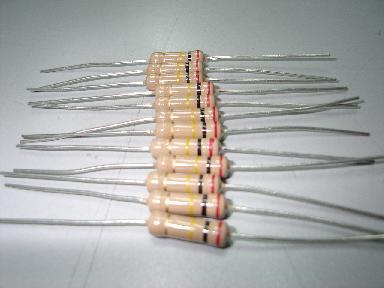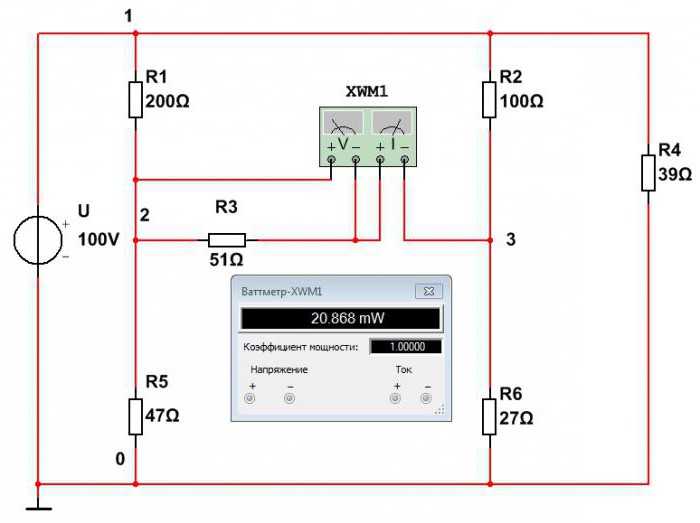Resistor ratings and their designation
A resistor is an object of an electrical circuit thatserves to reduce the current in it. Also, resistors are used to reduce the voltage in individual sections and divide the current into its components. On the electrical circuits, the resistors are designated by small rectangles with a pair of terminals (one with two opposite sides). Abroad, resistors are represented by a broken line.

Resistors have three main parameters:
- Rated resistance (resistor ratings).
- Tolerance.
- Power dissipation.
The resistor ratings are the value of theirnominal resistance, that is, the value specified by the manufacturer. The nominal resistance is measured in ohms. Resistors are used in almost all industries, containing at least a few electrical devices. This causes a huge range of resistance values. However, there are also the values of the resistors, which are universal.
To produce a resistor with a certain exactthe nominal value is very difficult, therefore a value such as tolerance is used. For example, if the specified nominal resistance is 10 Ohm, then in fact it will be approximately 9.98-10.1 Ohm. This possible error is called the tolerance and is measured in percent.

Dissipated power is one of the most importantdetermining factors of the resistor. Let us explain the value of this quantity. Resistor, through which an electric current passes, is constantly heated. Heating depends on the power of the current. For each resistor there is a certain temperature limit, after exceeding which it overheats and burns. The dissipated power is the value of the electric current power at which the resistor will burn. Like the resistor values, the dissipated power is a constant value for each of them. It is indicated by the manufacturer. On electrical schemes, the dissipated power of the resistors must also be indicated. For its designation use inclined, horizontal and vertical lines. From the lines shown on the resistor symbol, special combinations are created, denoting different power values. Standard values in small circuits fluctuate between 1/8 watts and five watts. The dissipated power for any resistor can be calculated from Ohm's law for the circuit section. To determine it, you need to know the current in the circuit and the nominal value of the resistance of the resistor.

All nominal resistance valuesare standardized. That is, there are certain standard resistor values. These values, in turn, are also grouped into a series of resistor ratings. For a constant current of such series there are 6: E6, E12, E24, E48, E96, E192.
For alternating currents only the series are usedE6 and occasionally E3. The numbers in the series names denote the number of possible denominations in a given row. For example, a number of E6 values assume only the following possible resistances: 1.0; 1.5; 2.2; 3.3; 4.7; 6.8.
</ p>




